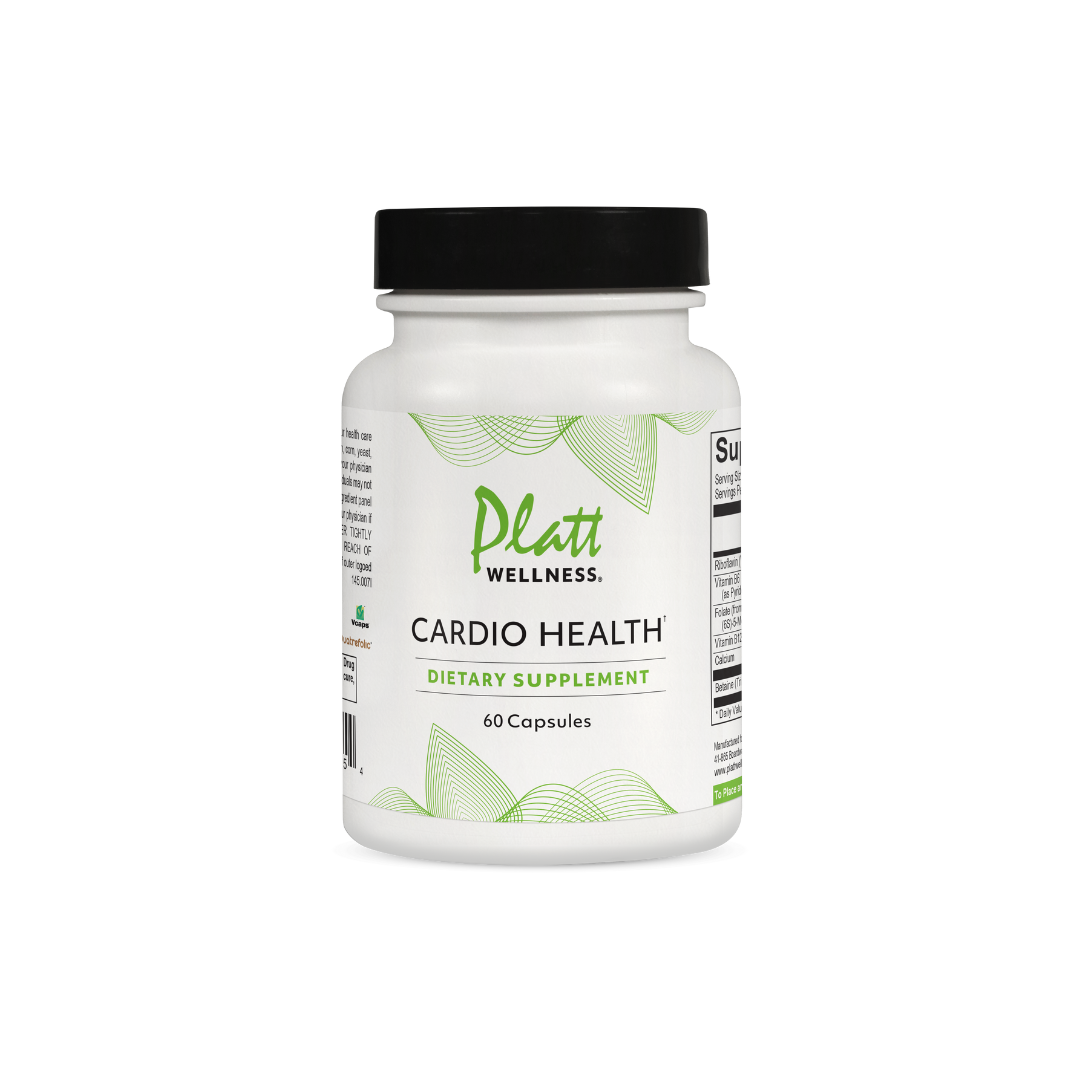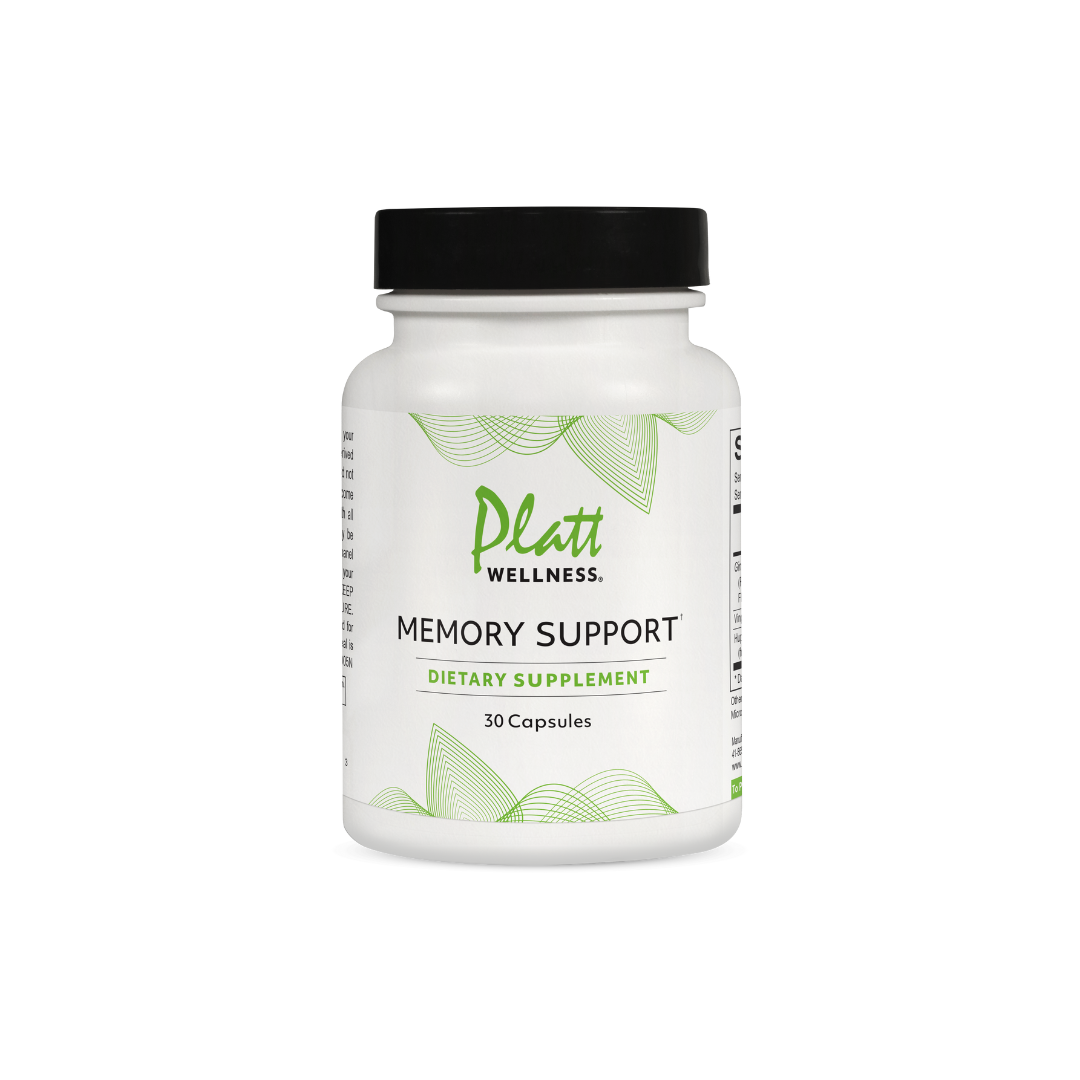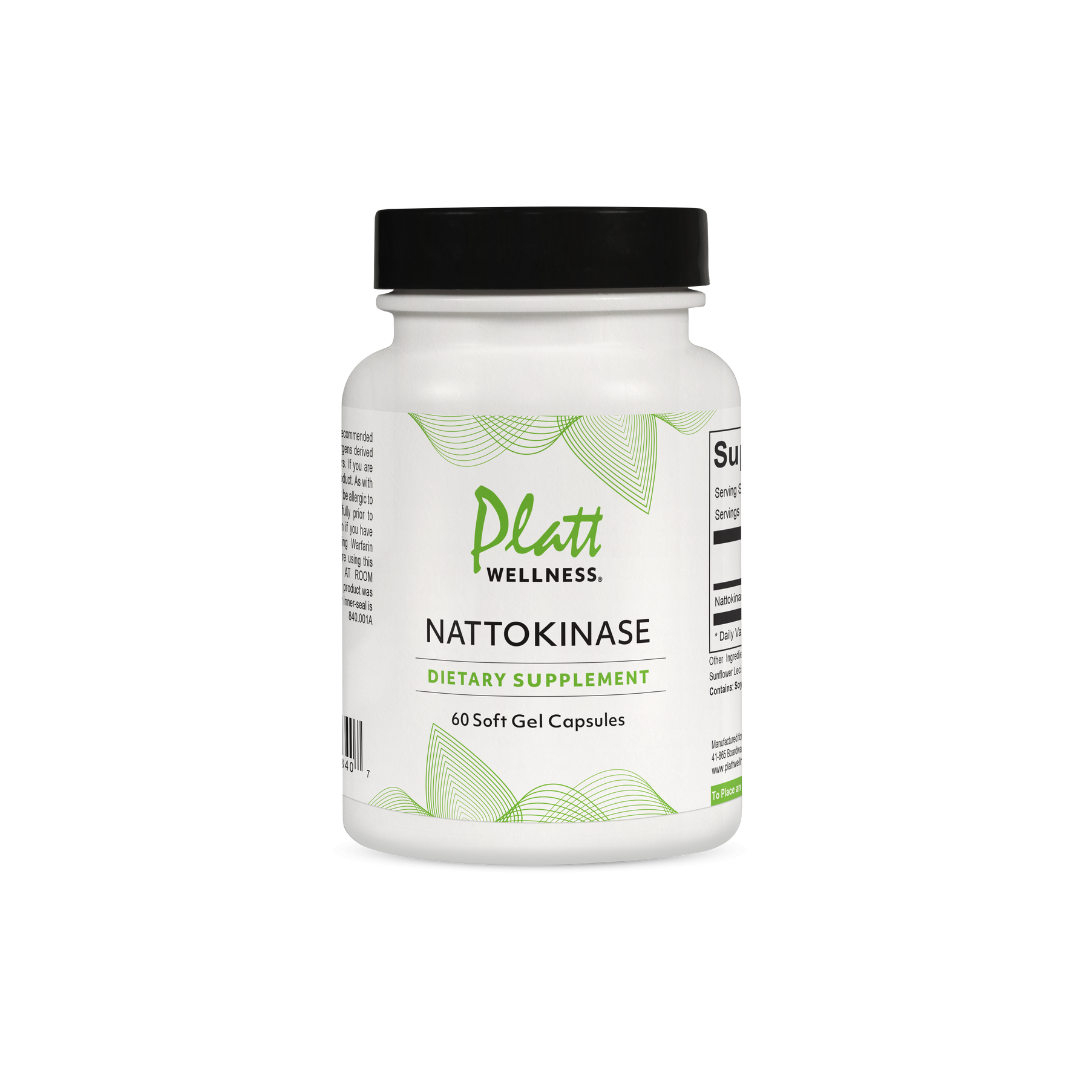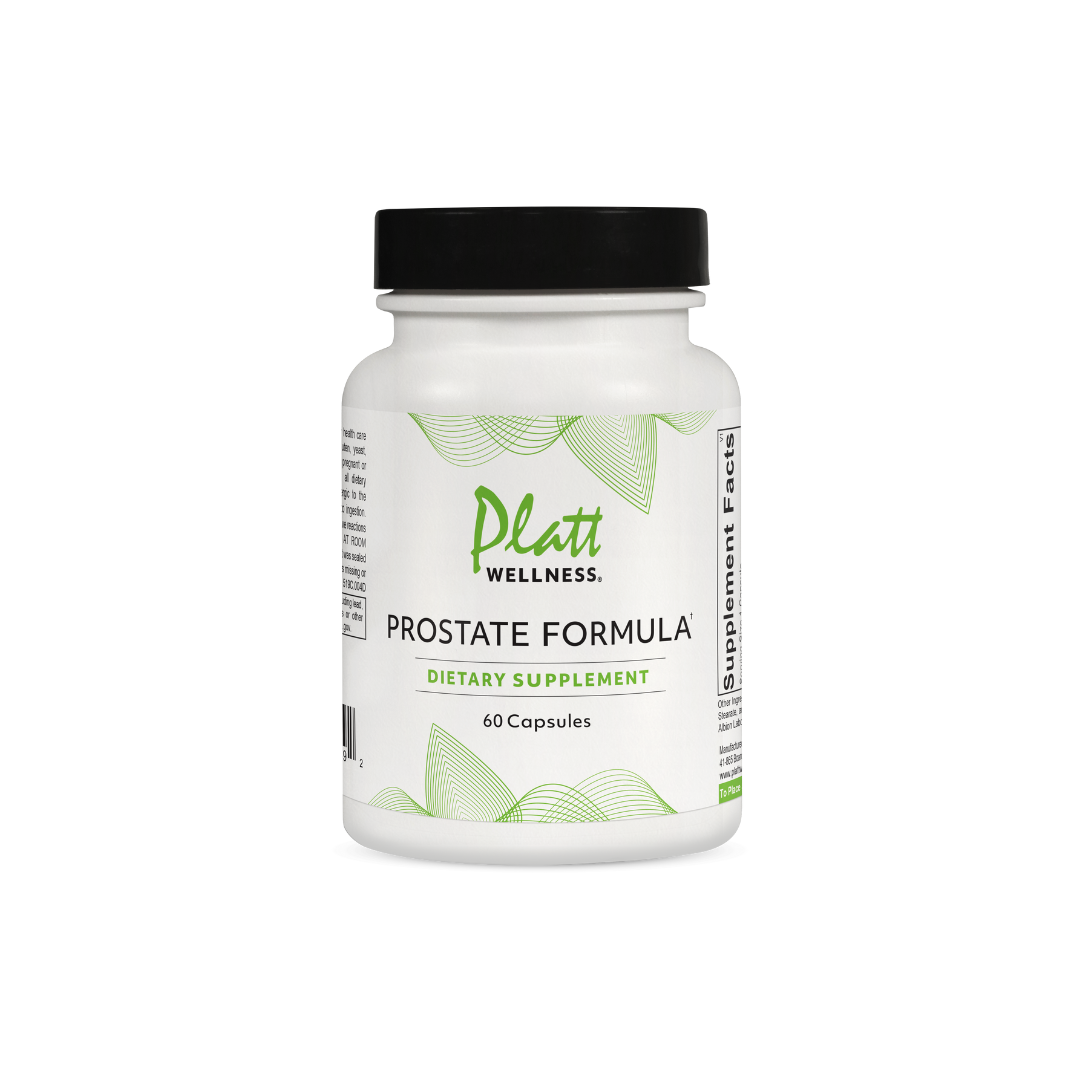Do you worry about social events or long car trips because you’re afraid you might pee your pants?
Jokes aside about dribbles of urine when we laugh too hard or jump up and down. If this happens to you, it’s the first red flag and should not be ignored.
Of the 25 million adult Americans suffering from some form of urinary incontinence, 75-80% of those are women. Urinary incontinence affects 200 million people worldwide. One in four women over the age of 18 experience episodes of leaking urine involuntarily. In addition, the #1 selling products in pharmacies are adult diapers and sanitary napkins.
Leakage is not uncommon, but not normal
This leakage affects your lifestyle, socialization and mood which can likely cause depression.
Urinary Incontinence is a difficult and long diagnosis. The four most common types of urinary incontinence that affect women are:
1) Stress incontinence is the most common cause found in women who have lost muscle control around the urethra. As a result, they experience unwanted urine leakage when pressure is put on the bladder. The most common factors creating this problem are coughing, sneezing, laughing in public, and jumping type exercises.
As we age and enter perimenopause, menopause, and andropause (male menopause), our hormones decline and affect our organs and bodily functions. A 2022 research study reported a staggering 62% of adult women in the United States suffer from urinary incontinence and it only worsens with age.
2) Urgency incontinence, also called “overactive bladder,” is found in those women who have, like the name, an “urgency” to urinate and experience leakage while running to the toilet.
3) Hysterectomies - because the organs in our pelvic area hold each in place, when you remove the uterus there is nothing to hold the bladder in the right position and the bladder begins to droop. As a result, there is a bulging in the vaginal walls. The vaginal walls are supposed to keep the urethra in place - called the “sister seal.” If it can’t hold tightly enough to hold back the urine when the bladder is full, then urinary incontinence is the result.
4) Excess Adrenaline which can disrupt normal bladder function through various mechanisms, including increased detrusor muscle activity, sphincter muscle relaxation, stress-induced urgency, and increased urine production, all of which can contribute to urinary incontinence.
It is no surprise that pharmaceutical companies have created a prescription drug called Mirabegron and is a beta-3 adrenergic receptor that causes relaxation of the smooth muscle of the urinary bladder and increases bladder capacity. It is indicated for overactive bladder with symptoms of urinary incontinence, urgency and urinary frequency. But as with all medications, there are side effects and it is only a band-aid approach.
The Platt’s Natural Approach for Urinary Incontinence
Dr. Platt’s approach to urinary incontinence problems is to treat the underlying cause whenever possible. In this case, stress incontinence is caused by a weakened musculature around the urethra. Logically, it would make sense to strengthen these muscles. With this in mind, Dr. Platt has utilized an approach that has had almost a 100% success rate during his practice, namely utilizing natural, bioidentical testosterone cream (⅛ tsp) inserted vaginally with an applicator once a day in the morning. Testosterone is a hormone that is necessary to build muscle mass and, by inserting testosterone in the region where it is most needed, helps build muscle around the urethra.
Note: Testosterone is only available by prescription. Most compound pharmacies with medical doctors on-staff can help prescribe through telemedicine calls.
Most people can get results up to 75% by doing Kegel exercises.
After insertion, there are two types of Kegel exercises that must be used – one while urinating, utilizing a stop-start exercise. The other type is done throughout the day, clenching the same muscles for 10 to 15 seconds, 20 to 30 times per day. In most cases the incontinence is gone in 3 to 6 days. Reminder: Both exercises must be utilized.
After control has been established, the testosterone cream (⅛ tsp) can be applied on the forearm or directly on the vulva if enhanced sensuality is desired.
Urgency Incontinence and Adrenaline
Urgency incontinence affects twice as many women as men. It can happen to women at any age. Urinary urgency, or “overactive bladder,” is caused by adrenaline. Adrenaline increases perfusion through the kidneys, which in turn increases urinary output. At the same time, adrenaline gives people the urge to urinate. People who are releasing excess adrenaline all day and all night often experience this kind of urinary urgency. They frequently experience dribbling on the way to the bathroom—a condition called urgency incontinence.
There are some women who have to urinate frequently due to excess adrenaline, but cannot go to the bathroom every 15 to 20 minutes. Instead, they hold it in keeping their bladder muscles tense and build up lactic acid levels. As a result, women can develop a devastating condition called chronic interstitial cystitis. These women have pain in the bladder 24 hours a day and severe burning when they urinate.
Treatment
The treatment of urgency incontinence, as well as interstitial cystitis, is to reduce as well as block adrenaline. This can be accomplished in less than 24 hours simply by treating the reason the body is releasing adrenaline.
The release of adrenaline at night to raise the sugar level to fuel the brain is very often the cause of nighttime urination. Many people have problems with nocturia (nighttime urination); some have to get up three or four times a night. This condition is often blamed on drinking too many fluids, prostate problems, heart problems, or having a “small bladder.” However, the release of adrenaline at night to raise the sugar level to fuel the brain is very often the cause.
The treatment of excess adrenaline requires providing the brain with the two nutrients it utilizes to function: glucose and ketones - best obtained from vegetables, coconut and MCT oil - as well as a 5% progesterone cream to block adrenaline. In my book “Adrenaline Dominance - A Revolutionary Approach to Wellness” I provide a detailed protocol, meal plan and dose recommendations.
For those of you requiring more specific information about stress incontinence, it can be obtained in my book, “The Miracle of Bioidentical Hormones” or "Adrenaline Dominance - A Revolutionary Approach to Wellness” for information on urgency incontinence.
For those healthcare practitioners who may be interested, I have written a manual “The Platt Protocol for Hormone Balancing.” It includes a chapter on how to reduce adrenaline.
This approach emphasizes the importance of holistic health management, including stress reduction, stable glucose levels, hormone balance, and adequate vitamin intake to naturally regulate adrenaline and prevent related urinary incontinence issues.
The Platt Wellness Team is pleased to assist you with information about our products. Please know we are not licensed and therefore cannot provide you with any medical advice or information. If you require medical advice or information please contact a medical or health care professional. Please remember the information contained in this email message is for informational purposes only. The statements in this email have not been evaluated by the Food and Drug Administration and are not intended to diagnose, treat, cure, or prevent any disease.








